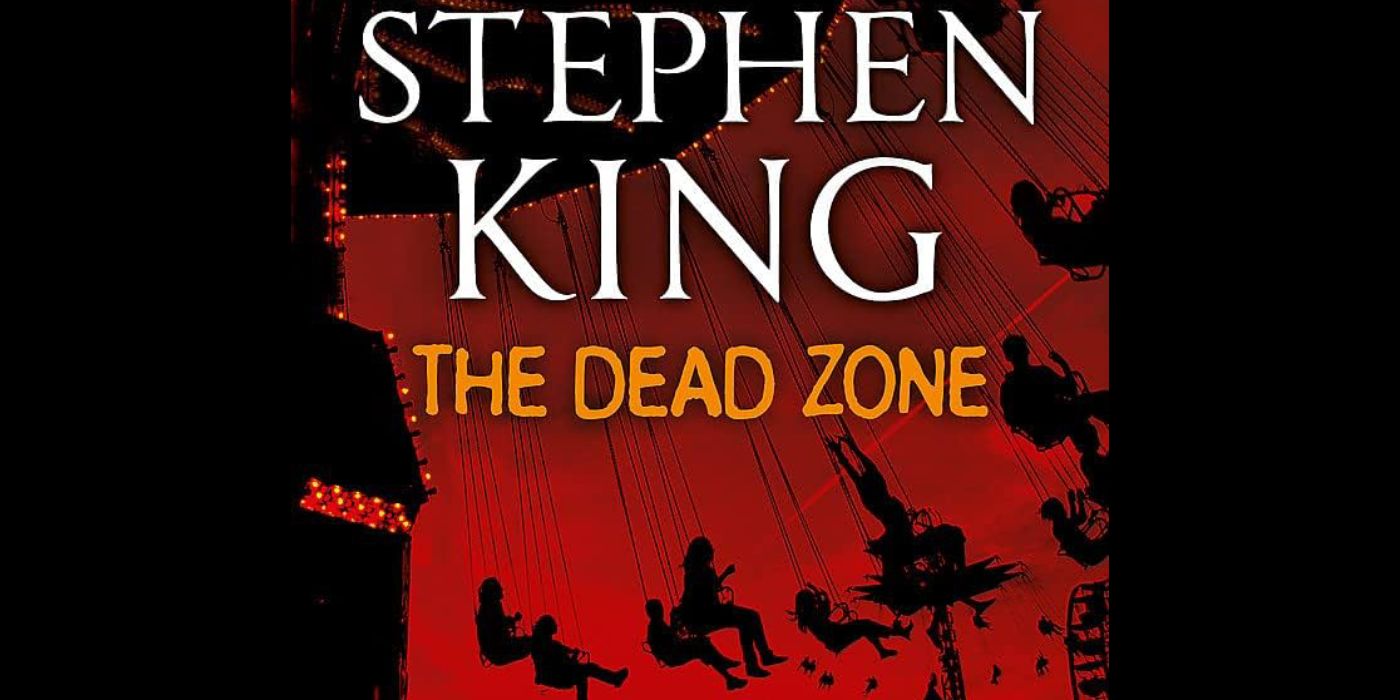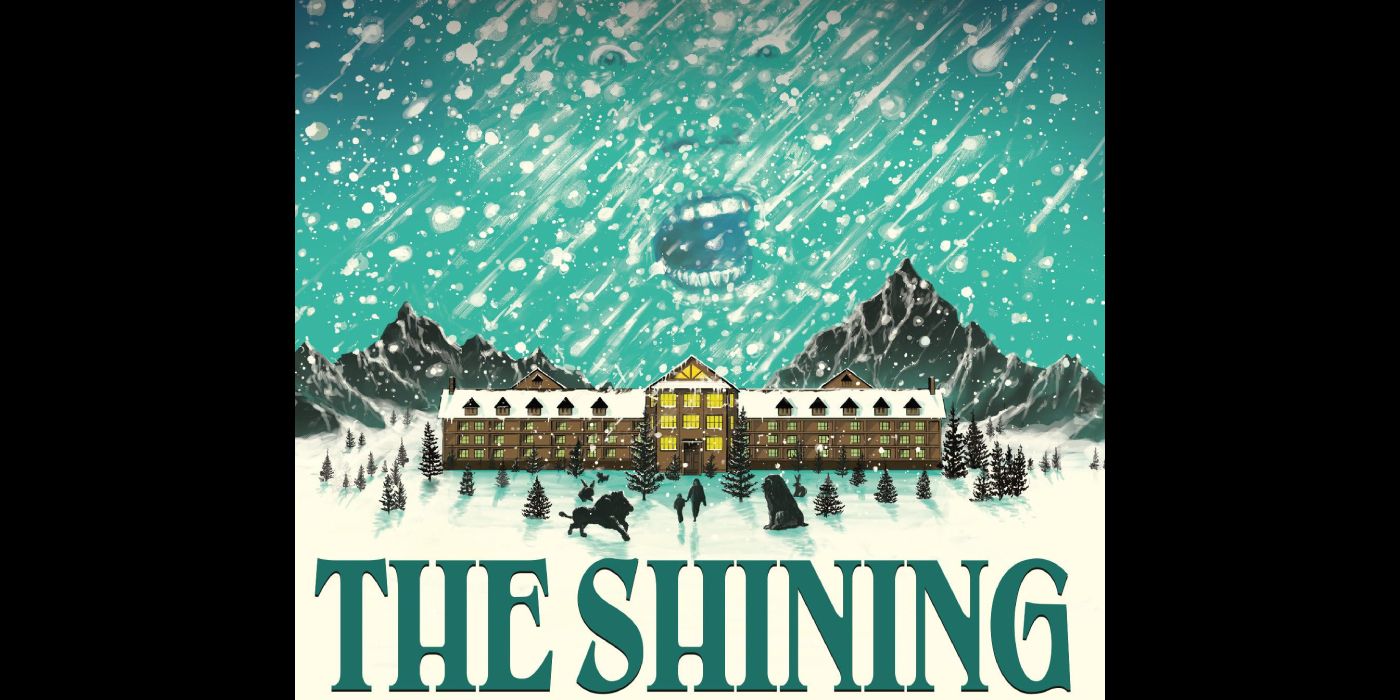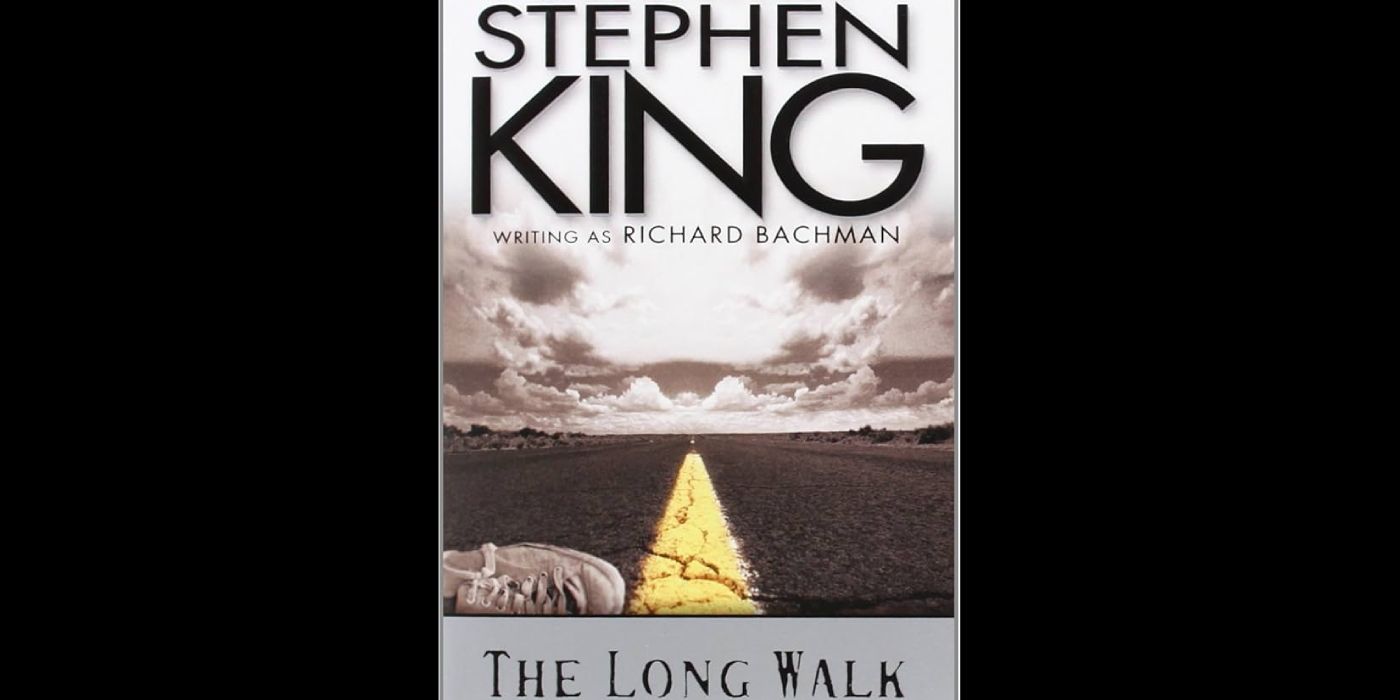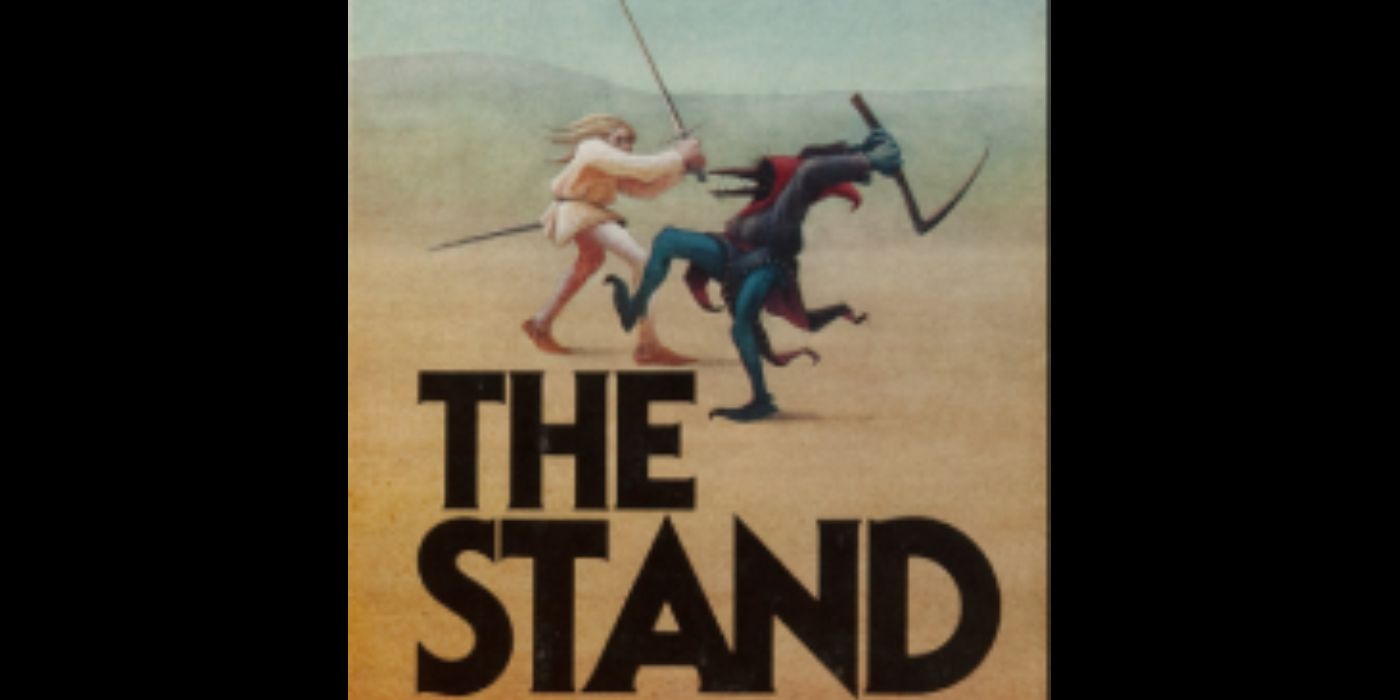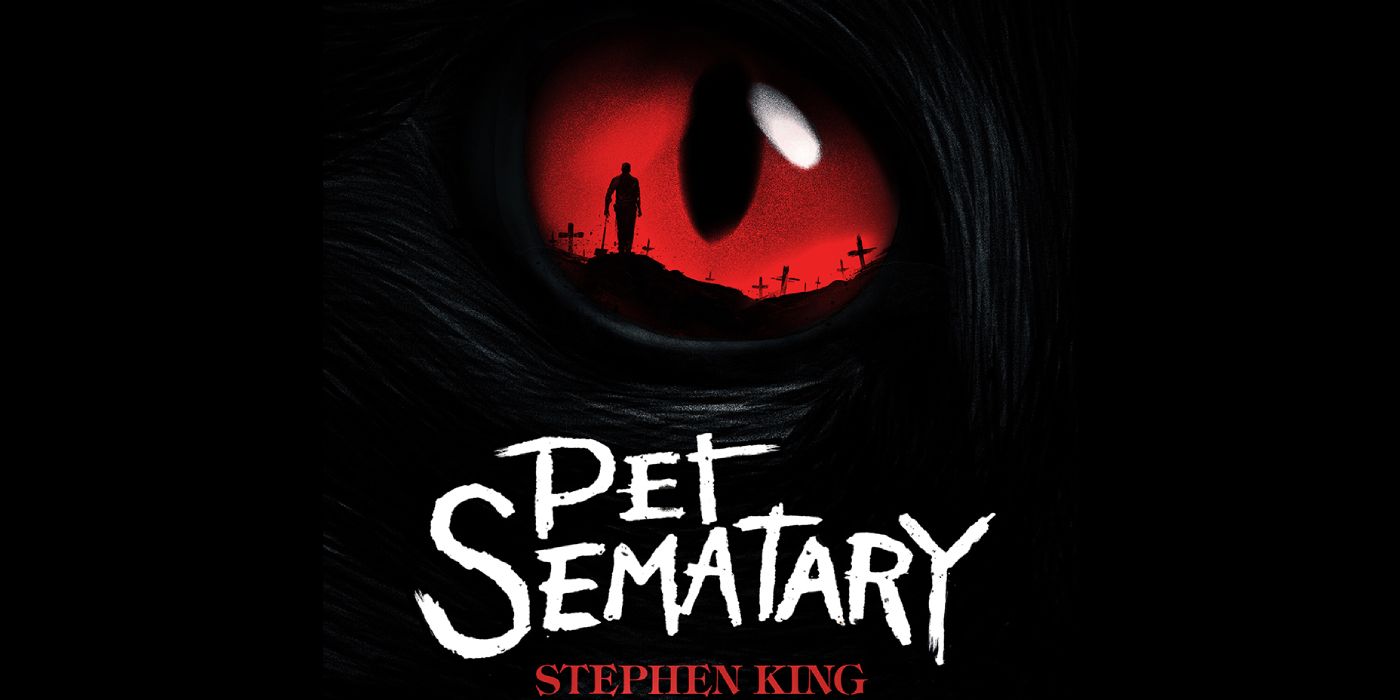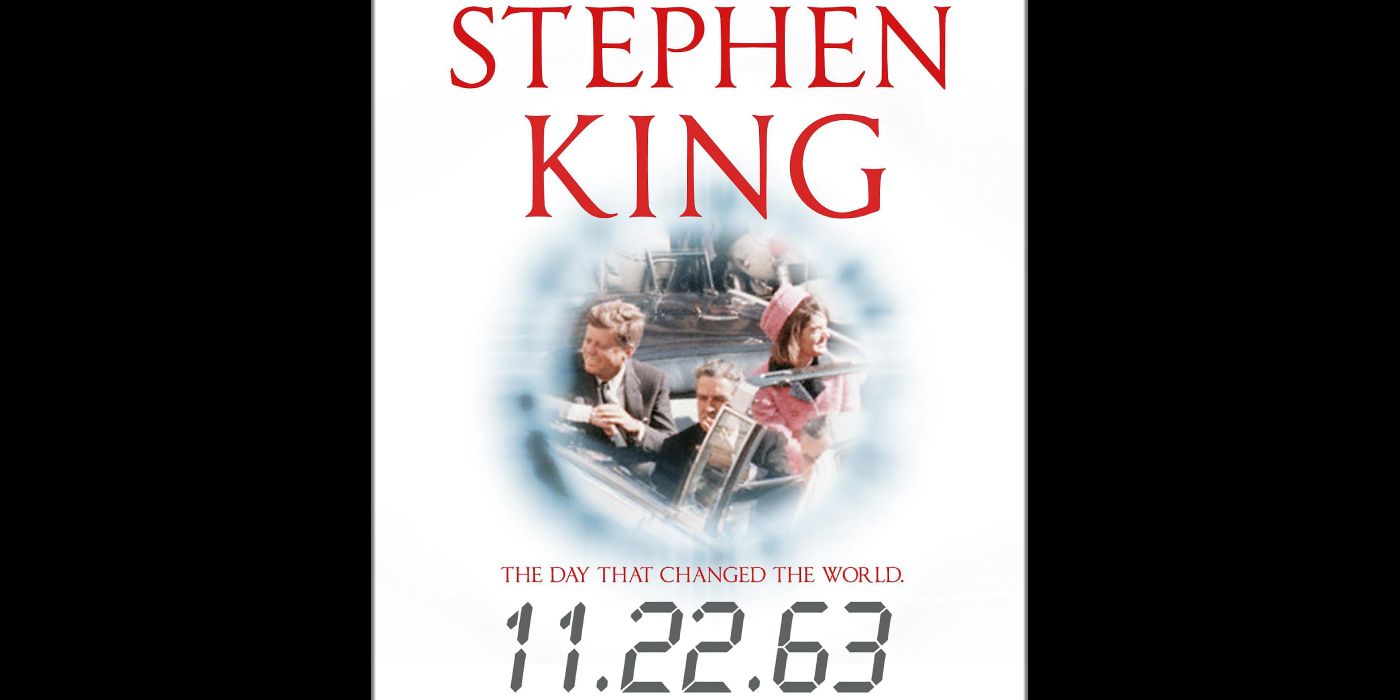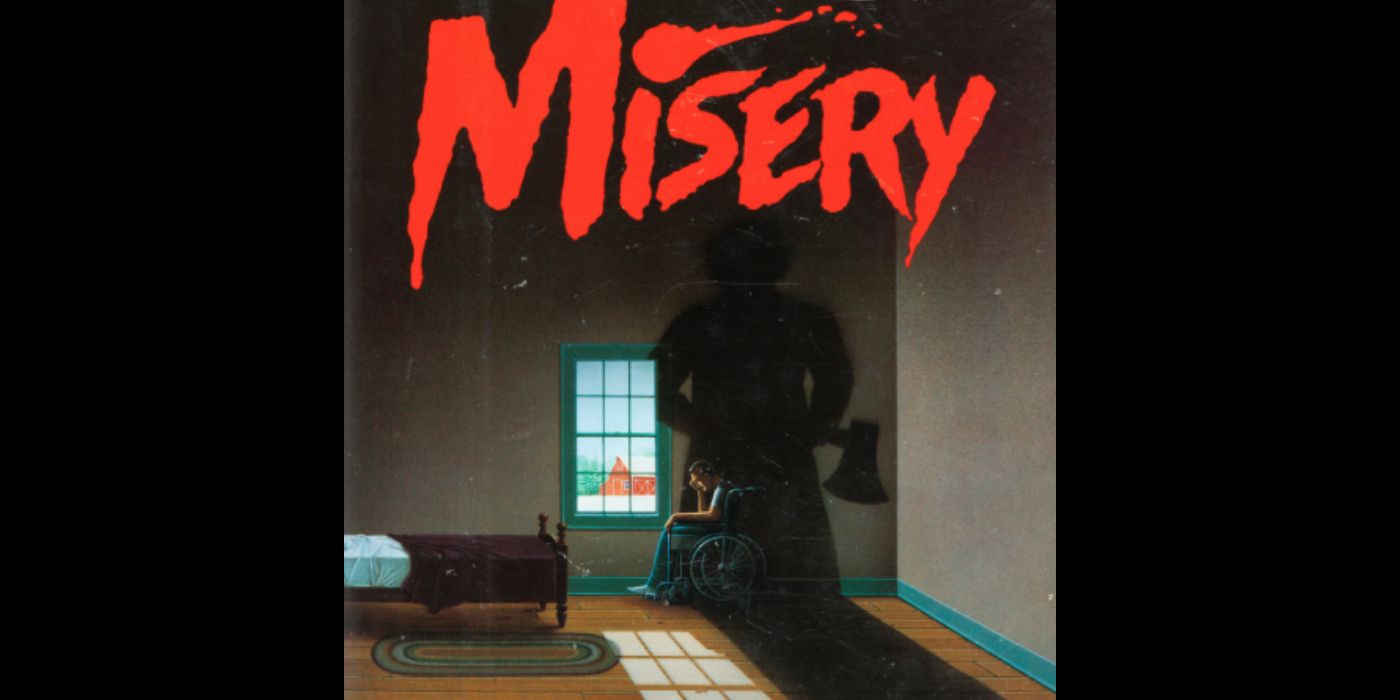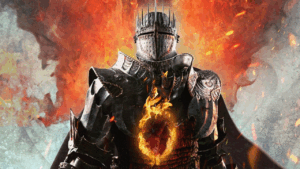10 Most Intense Stephen King Books, Ranked
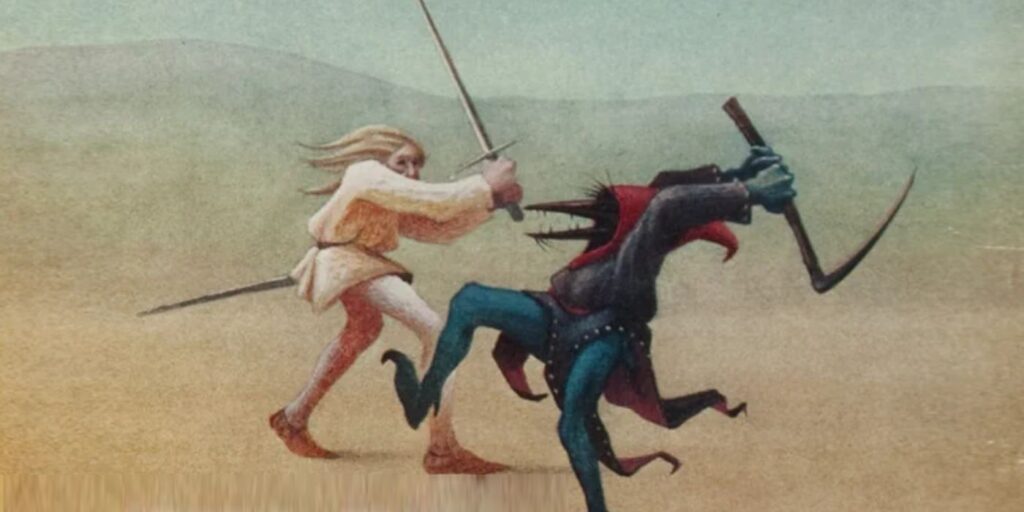
For more than half a century now, Stephen King has been best known for his horror-related stories, being the guy who’s famously made dogs, cats, hotels, time travel, and proms scary. And when it comes to things like growing up and clowns, he’s taken scary things and made them scarier, but let’s not get too ahead of things here.
“Intense” is a bit different from “scary,” though, and looking at King’s most intense stories means recognizing his talents as a suspense/thriller writer on top of a horror writer. Some of his more suspenseful and nail-biting stories aren’t ones that fit neatly into the horror genre, as he’s made dark fantasy and even sci-fi stories that are heavy on thrills and disquieting moments. The most relentlessly intense are ranked below, and are all worth checking out, even if they might not make for the best books to read right before turning off the lights.

10
‘The Dead Zone’
First published: August 16, 1979
Before it was a David Cronenberg movie, The Dead Zone was a Stephen King book, and though the adaptation was solid, this is one of those cases where the book is more involving, suspenseful, and satisfying. The plot here involves a man who, after a coma, realizes that he can see glimpses of the future when he touches certain people and objects.
These powers are initially used to investigate a series of murders, and that part of the book ends up being one of the less in-your-face and intense. The real suspense of The Dead Zone comes about when the main character starts believing that a politician with aspirations of becoming the President might eventually be responsible for dooming the world by starting a nuclear conflict. So, the future of humanity is in his hands, and drastic steps end up being taken. It might sound far-fetched and silly, but King makes it all work surprisingly well.
9
‘The Shining’
First published: January 28, 1977
Everyone knows about The Shining at this point, seeing as it wasn’t a King book without an adaptation for long, and because that adaptation is a legendary horror movie in its own right. Stephen King might not be a fan (and he’s been willing to say when adaptations improve upon his work, in his eyes), but both novel and film alike are worthwhile if you’re a fan of horror.
It’s honestly nice to come to the book after being familiar with the movie, since things go in a very different direction, and there are so many changes made concerning the final scenes, too. Anyway, as for a novel, The Shining makes great use of its haunted hotel setting, but succeeds in equal measure as a psychological horror book on top of being a supernatural one. It’s just unnerving and dread-inspiring stuff all around.
8
‘Cujo’
First published: September 8, 1981
Though the premise is kind of high concept, Cujo ends up being unusually grounded as a horror story. The titular dog is transformed into a deadly monster, sure, but it’s a bite from a bat that changes him, and it’s rabies that makes him go on the rampage he does. And there’s nothing supernatural about rabies, even if some liberties might be taken in terms of how long it takes the disease to take effect.
As such, “realistic” is, surprisingly, a word that can be used to describe the book with the big scary dog that ends up killing people and causing terror. It’s another one of King’s that proves more upsetting on page than it does on the big screen, though time will tell if an upcoming new adaptation ends up being able to do the original novel justice.
7
‘The Long Walk’
First published: July 3, 1979
If you want to get technical, you could call The Long Walk a Richard Bachman novel rather than a Stephen King one, since King wrote it under his pseudonym. Still, as easily the most grueling and terrifying of the Bachman stories, it deserves to get some sort of shoutout here, since it can go toe-to-toe with the best Stephen King wrote as himself, since it’s so visceral in its particular brand of terror.
The premise is straightforward, too, with a dystopian world that runs an annual competition involving 100 teenagers having to walk until they quite literally drop, with those who fail to keep up being executed until one person – the ultimate winner – is left standing. In the history of fiction, there might well be no other story that’ll make your feet feel like they’re hurting to quite the same extent that The Long Walk does.
6
‘It’
First published: September 15, 1986
It is a nearly impossible behemoth of a novel to comprehend, and might well be Stephen King’s crowning achievement. It’s not his most intense, seeing as there are long stretches of this epic that play out like a coming-of-age story highlighting the power of friendship/love, enough so that it gets kind of inspiring at times. Like, It is not a feel-good novel, since there is still a lot of terror and other uncomfortable things, but it highlights good parts of the human experience as well as some bad ones… plus all the, you know, supernatural horror on top of it all.
Things ramp up near the end of It, and the unique structure of the novel means that you simultaneously feel dread and tension for the main characters at two different stages of their lives: confronting the titular It as both children and then later on in life, as adults. The films got the basics down, but the way the novel tells the story out of chronological order – and as a single work – makes it even more involving and suspenseful stuff.
5
‘The Stand’
First published: October 3, 1978
In a similar camp to It, The Stand has a lot going on, and much of it is thrilling, even if it’s not entirely concerned with suspense and horror non-stop the way some of King’s most intense books might be. Certainly, each distinct act of The Stand has at least a handful of unnerving moments, though, with the first third of the book feeling particularly haunting in the way it depicts, on such a grand scale, a deadly virus causing the breakdown of society and the deaths of most people on the planet.
From there, The Stand has survivors coming together, and though these parts of the story prove comparatively peaceful, there’s still a sense of dread that eventually explodes, kind of literally. Then, there’s a battle for the future of the world; a real good vs. evil kind of thing that makes The Stand feel epic again. Long story short (and The Stand is a hell of a long story), you get a bit of every genre and emotion here, with dark fantasy and horror being among the genres, and dread, disgust, and anxiety being among the emotions.
4
‘Pet Sematary’
First published: November 4, 1983
Treating pets as a source of terror once more, Pet Sematary might at first feel like another spin on a Cujo sort of story, but then things do get more supernatural and eerie; more traditionally horror too, maybe. There’s a place that can make dead things come back alive, but with a catch, and Stephen King wastes no time first building suspense surrounding such a location, and then having things happen that, in turn, have monumental consequences.
There’s a terror here that comes not only from the unsettling premise and spooky atmosphere, but also from the intensity of the emotions that get explored. Pet Sematary confronts death head-on, and pulls very few punches regarding who can die at any time, and even who might end up dying twice. It’s morbid stuff, but also very involving, and is typically considered one of King’s scarier/more intense works for good reason.
3
’11/22/63′
First published: November 8, 2011
Another novel of Stephen King’s that demonstrates how scariness isn’t the exact same thing as intensity, here’s 11/22/63, which is absolutely a thriller, but not often reminiscent of a work of horror. There are exceptions, and some stuff later on that’s unsettling enough to certainly feel horrific as well as intense, but suspense tends to be the name of the game here.
This is because 11/22/63 is about time travel, and one man using it to go back in time in an attempt to prevent the John F. Kennedy assassination. The catch is that he has to go back some years before the event, and so the knowledge of that fateful, titular day coming is always on his mind, and the mind of the reader. Questions about whether the mission can succeed, and what might happen if somehow it does work are persistent throughout what’s an inevitably long and involving story, and reading 11/22/63 means being taken on quite the emotional rollercoaster, as a result.
2
‘The Dark Tower VII’
First published: September 21, 2004
The Dark Tower series has emotional highs and lows, as can be expected for something that took decades to write and is made up of seven books (or eight, if you count The Wind Through the Keyhole). The most intense of the bunch by far, though, is the seventh novel, simply called The Dark Tower VII, which feels appropriately climactic and is non-stop on the pacing front.
Without going into too much detail, things are high-stakes and genuinely dangerous for all the major characters left at this point right from the novel’s start, and the journey they’re on naturally starts feeling deadlier with the turn of every new page. It’s wild stuff, and though parts of The Dark Tower VII are controversial, it’s hard to deny how stomach-churning and game-changing so many of the greatest sequences here are.
1
‘Misery’
First published: June 8, 1987
Though the movie it was adapted into is supremely intense (and simultaneously oddly cozy, at least sometimes), Misery (1990) doesn’t hold a candle to 1987’s Misery: the original book. There’s some relief granted in the film version because the action sometimes leaves the central cabin where the protagonist is being held hostage, but there’s very little sense of escape in the novel.
It’s just an author with broken legs, his captor, and his mind, and the psychological terror Misery conjures as a result is immense and hard to put into words. Things are locked down, simple, never boring, and occasionally nauseating, with maybe the hardest-to-read sequence in any Stephen King novel (at least as far as the violent ones go) being contained here. It’s an admirably relentless book, and, pound for pound, might well be the author’s most thrilling and intense to date.

